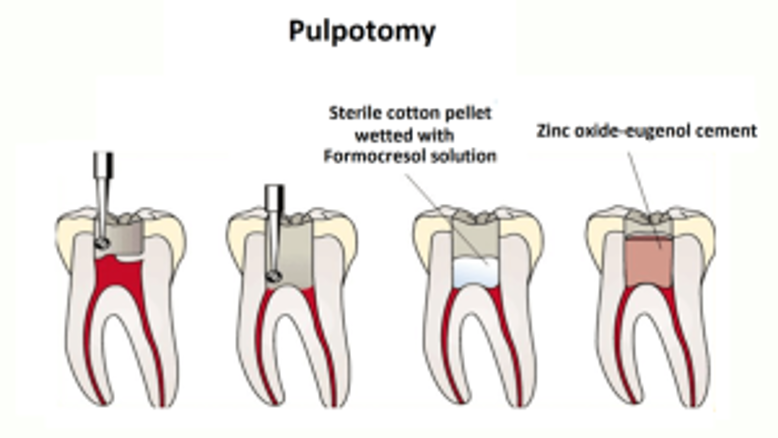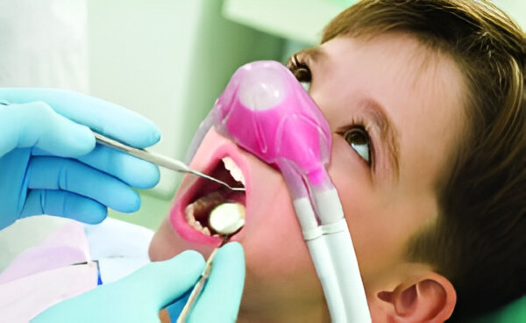Pediatric Dentistry
Fun & gentle dental care for your child’s healthy smile journey at a friendly dental clinic.
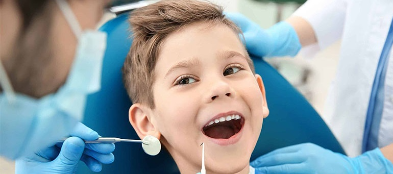
Caring for Your
Child's Smile.
Healthy Smiles Start Here: Schedule Your Child's Dental Appointment


Your child’s smile is unique and precious; therefore, it is imperative to start incorporating healthy dental habits at an early age. Since preventative dentistry is the key during this process, our services are designed to safeguard your child’s smile and promote proper tooth development.
Our dental team has created a positive dental experience for all children. Our goal is to make every child have fun while we take care of their individual need. In each visit, we focus on your child’s oral health. We not only provide outstanding children’s dentistry but also educate them on the importance of taking care of their teeth.
Let us get your child to the best possible start in dentistry and create healthy dental habits that last forever!
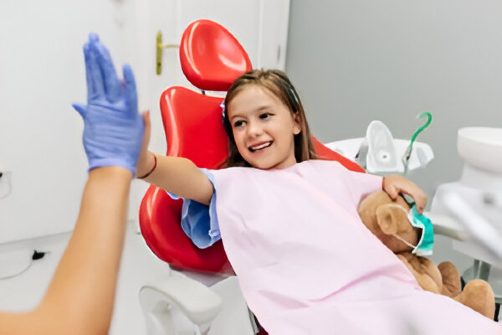
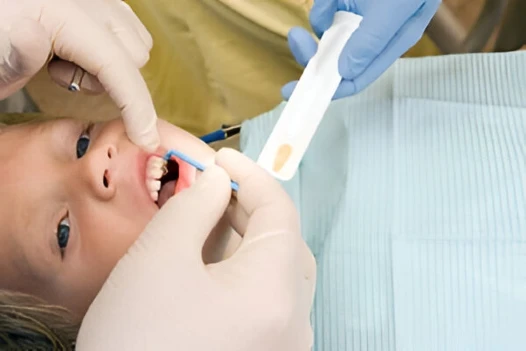
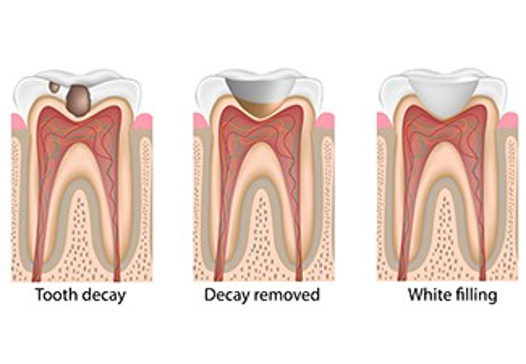
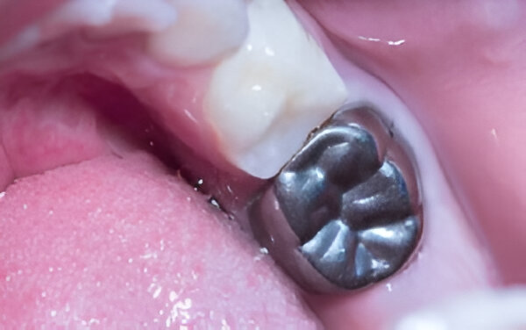
Dental crowns are another common restorative pediatric dental procedure. They treat significant issues such as severe cavities, infection, damage caused by an injury, or cracked teeth. A dental crown restores your child’s ability to chew without pain while blending perfectly with natural teeth.
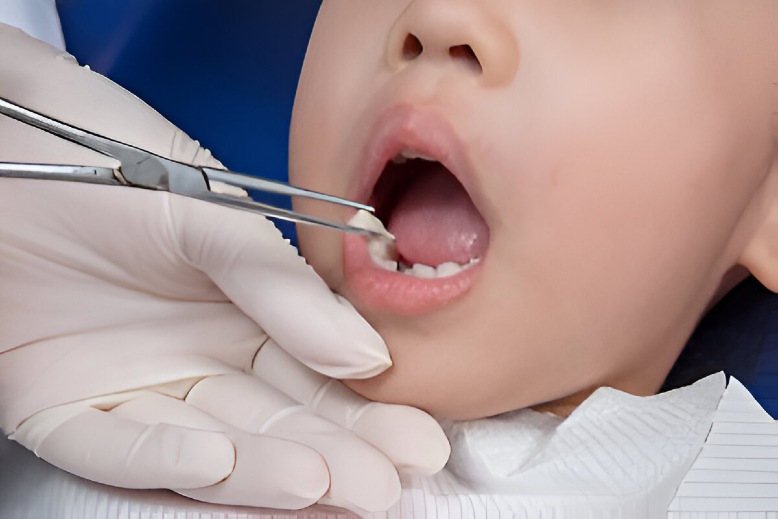
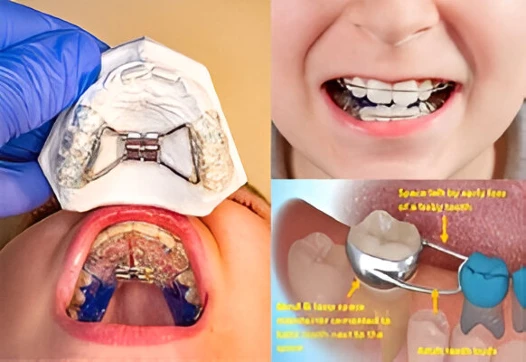
Dental sealants are thin, plastic coatings applied to children’s teeth to stop the development of cavities. They prevent food debris and plaque from building up in the natural grooves of the teeth and on the chewing surface. We use 3M dental sealants on the back teeth and molars most susceptible to decay.
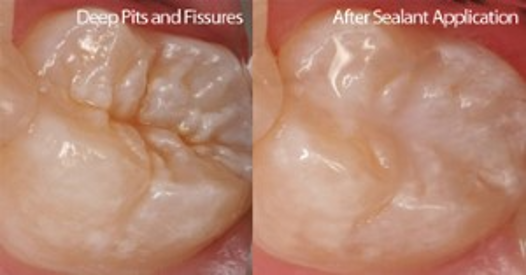
Many children will experience injuries involving their teeth and mouths between sports and regular childhood mischief. That’s why emergency dental care is another standard service provided by pediatric dentists. If your child has sustained an injury to their mouth, such as a broken or knocked out tooth, it’s crucial to see their dentist as soon as possible.
